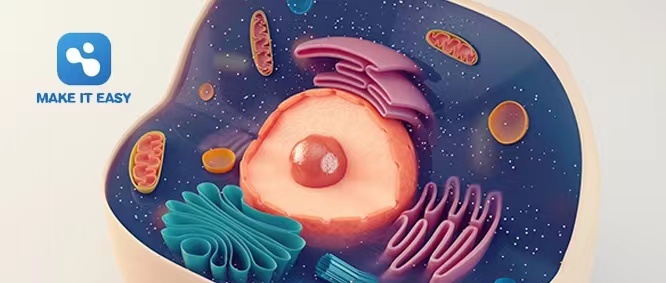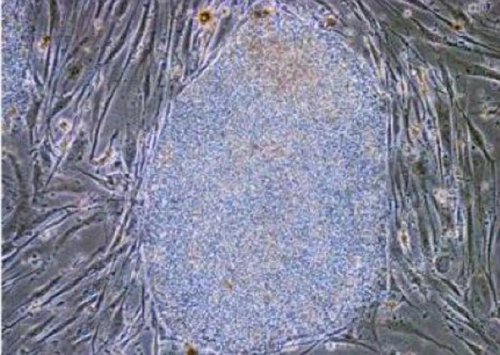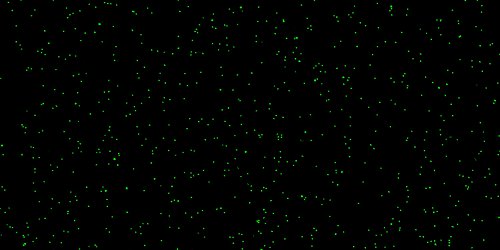[Cell Interpretation Series] Take you to understand T cells
Release time:
2023-01-12
Source:
There are about 300 billion T cells in an adult, a number that fully demonstrates the importance of T cells. As a kind of white blood cells, T cells have an irreplaceable role. Just like the "army" in the human body, it is full of combat effectiveness! They are born in the human bone marrow and then go to the human thymus for "special training". Differentiation and maturation under the induction of thymic hormones, become immunologically active T cells and then go to the immune organs and tissues of the whole body.
newton optics
Intelligent imaging, one step in place!

There are about 300 billion T cells in an adult, a number that fully demonstrates the importance of T cells. As a kind of white blood cells, T cells have an irreplaceable role. Just like the "army" in the human body, it is full of combat effectiveness! They are born in the human bone marrow and then go to the human thymus for "special training". Differentiation and maturation under the induction of thymic hormones, become immunologically active T cells and then go to the immune organs and tissues of the whole body.
01 What are T cells?
T cells (full name T lymphocytes, thymus-dependent lymphocytes) are the main components of lymphocytes. They have a variety of biological functions, such as directly killing target cells; assisting or inhibiting B cells to produce antibodies to specific antigens and mitogens. The response and production of cytokines are an important part of the body's resistance to disease and infection. At present, the most popular "CAR-T cell therapy" is based on the transformation of T lymphocytes.
The immune response produced by T cells is cellular immunity, and there are two main forms of cellular immunity: the release of lymphokines, and ultimately the expansion and enhancement of immune effects. The second is to specifically bind to the target cell, destroy the target cell membrane, and directly kill the target cell.


02 T cell family
T cells can be divided into many types according to their function and surface markers:
Helper T cell (TH,HelperTcell): plays an intermediate role in the immune response: it can proliferate and spread to activate other types of immune cells that generate immune responses. It is known that the target cells of HIV will be drastically reduced during the onset of AIDS.
Memory T cells (TM,MemoryTcell): play an important role in the second immune response. The memory T cell surface marker is CD45RA-/CD45RO.
Regulatory T cells (Treg,Regulatory Tcell): are responsible for regulating the body's immune response. It usually plays an important role in maintaining self-tolerance and avoiding excessive immune response to damage the body. There are many types of regulatory/inhibitory T cells, and the most actively studied are CD25 CD4 T cells.
Cytotoxic T cells (CTLs, Cytotoxic Tcells): destroy infected cells. These cells function like a "killer" or cytotoxin because they can kill target cells that produce specific antigenic responses. The main surface marker of cytotoxic T cells is CD8, also known as "killer T cells".
(part of the picture content from the network, if there is infringement please contact delete)
03
stem cell therapy
In the study of some stem cell therapy, it is very important to detect the concentration and activity rate of cell samples at a specific time. Newton optical Cyto series cell counting instrument can effectively distinguish the interference of cell debris and impurities with excellent optical path system and image recognition system, and can quickly obtain very stable and reliable results.


(AO/PI preview images of different concentrations of T cells under CytoFlu fluorescence channel)
Key words:

National Advisory Service Hotline
Sales Consulting:86-15322243697(WeChat)
E-mail:sales@newtonoptic.com
R & D Center: Room 301, Floor 1, Building 1, No.38 Gaopu Road, Tianhe District, Guangzhou City, Guangdong Province

Follow Wechat Official Account
©2024 Guangzhou Newton Optics Research Institute Co., Ltd. All rights reserved

